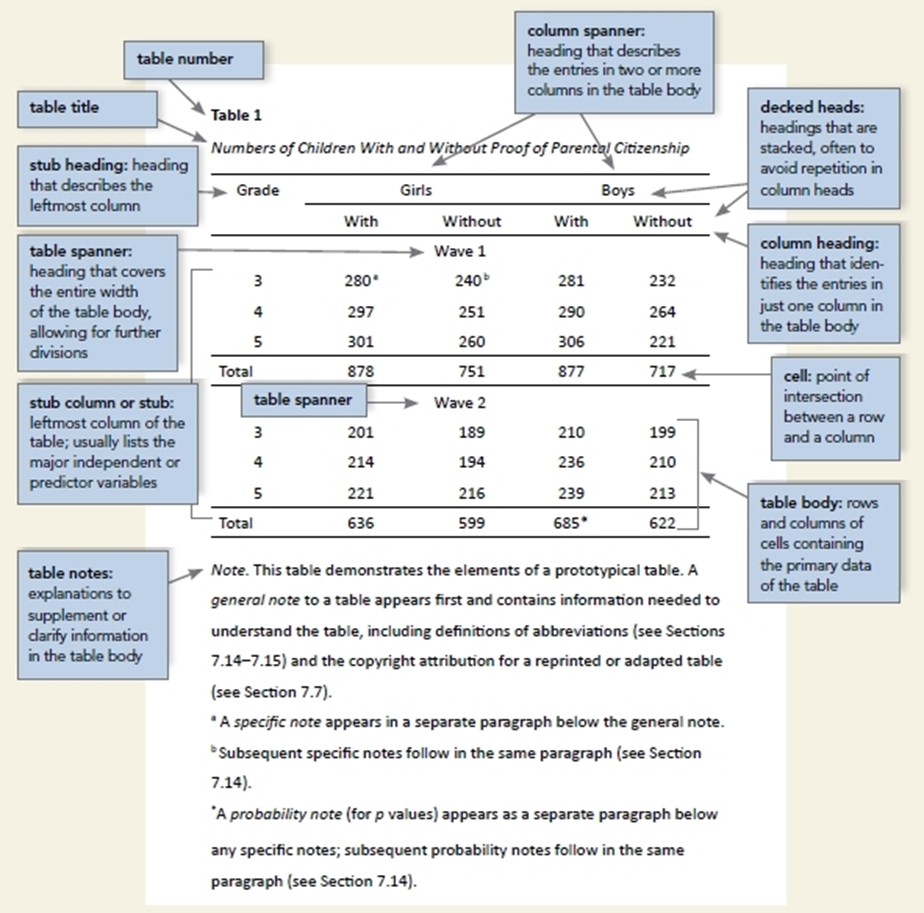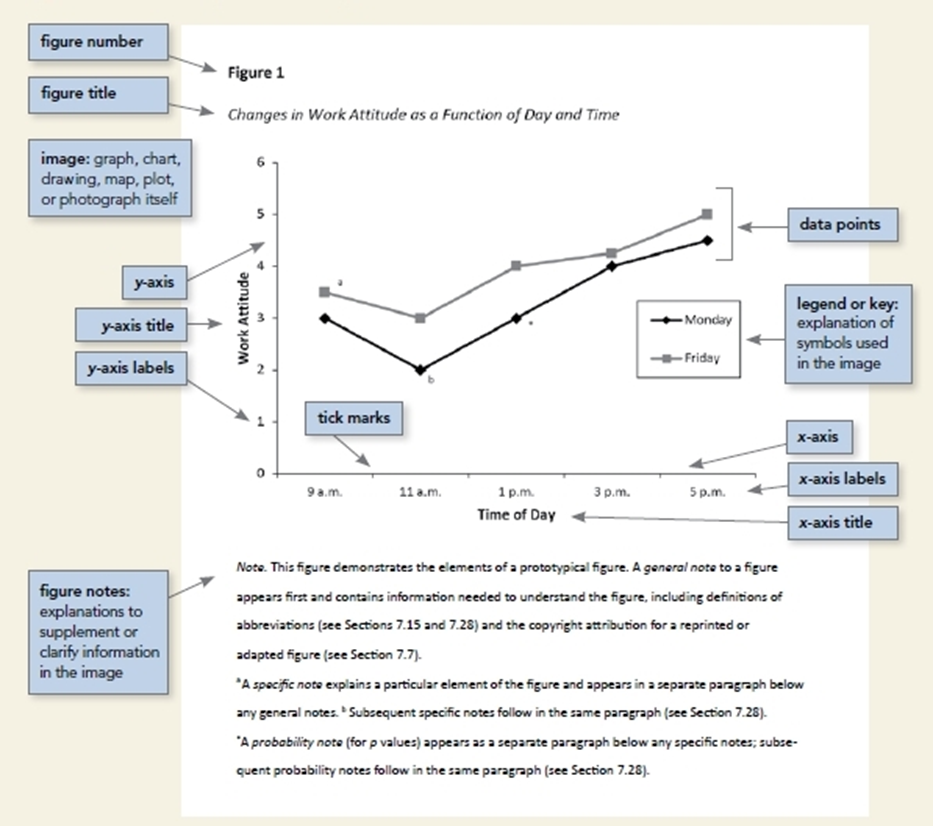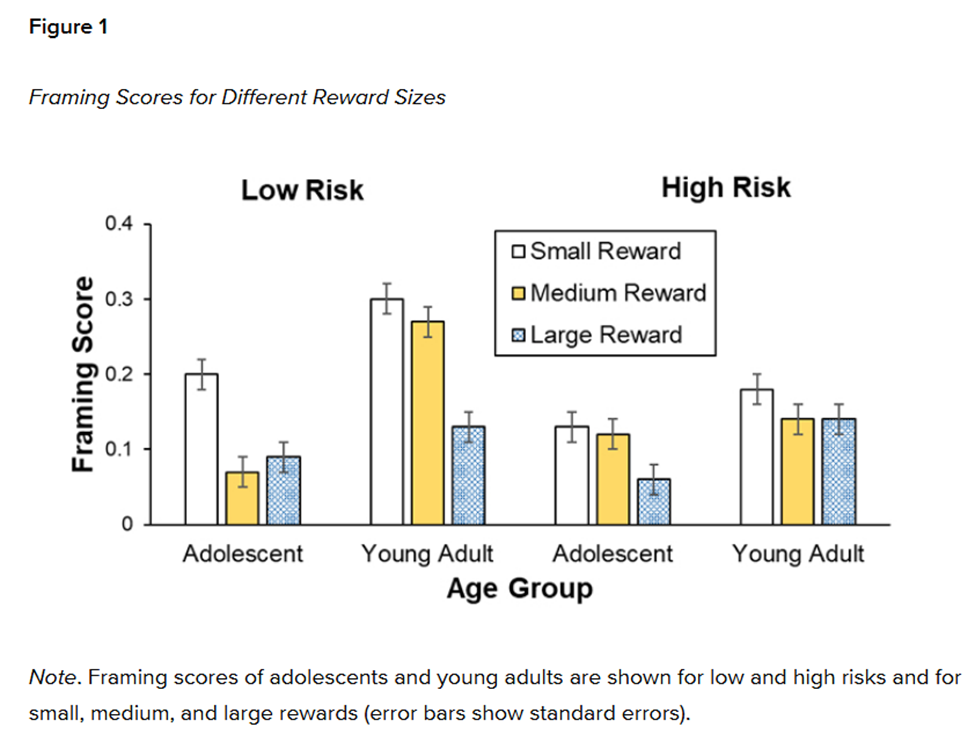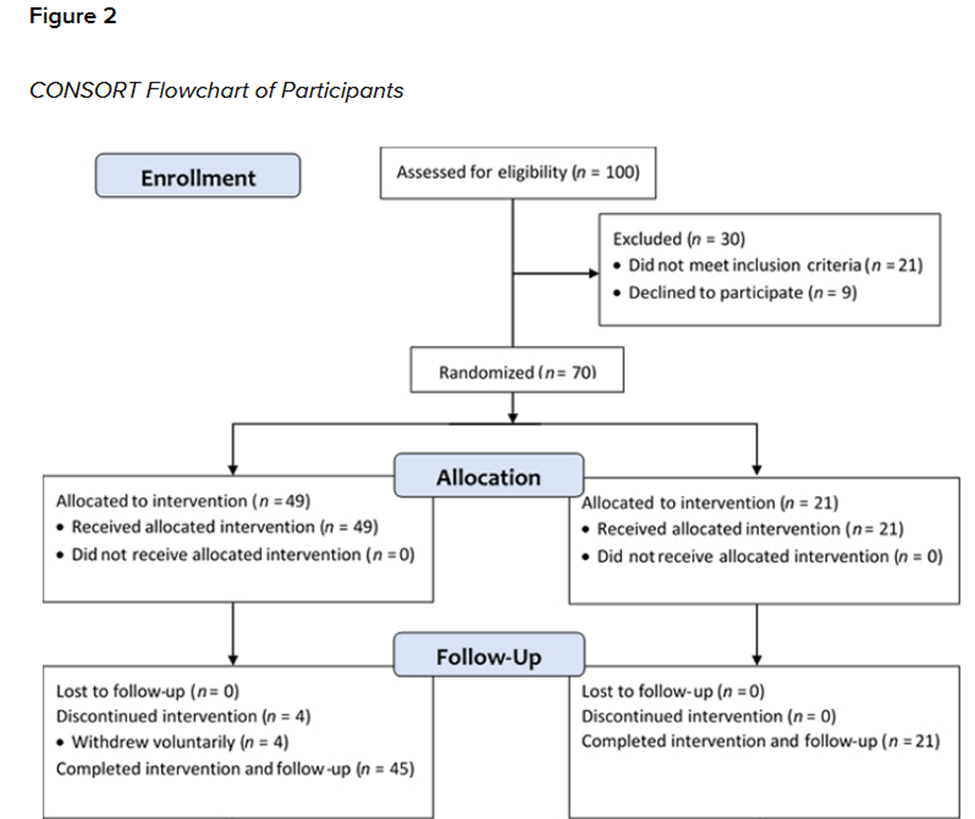ANNOUNCEMENT: Waiver of Article Processing Charges for Manuscripts Written in English

Pursuant to Decision No. 2411/QĐ-ĐHNN dated July 7, 2025, issued by the Rector of the University of...
Article Template: English - Vietnamese
1. Articles submitted to the Journal of Inquiry into Languages and Cultures must present high-quality and novel research findings in the field of linguistics and culture. The article should not have been published in any other journals or publications and should not be under consideration for publication elsewhere. The journal will not return articles to authors if the article is not selected for publication.
2. The article must be drafted in a Word file, with a length not exceeding 12 pages (including references and appendices). The formatting should follow the journal's template: A4 paper; margin: top 2cm, bottom 2cm, left 2cm, right 2cm; font: Times New Roman; font size: 11; line spacing: 1.15; paragraph spacing: 6pt before and 3pt after.
3. Language use in the article has to be scientific in style, written coherently, clearly, accurately, concisely and without typos. If the article is in English, it should follow American English spelling conventions.
4. The article is encouraged to comply with the common structure of the scientific article, called IMRaD. After title and abstract, the article includes Introduction (research question, significance, review of background), Methods (data collection and analysis), Results and Discussion and conclusions. The article should also consist of references and appendices (if relevant).
4.1 Title: The title must be concise, explicitly reflecting the article content, both in Vietnamese and English, with a length not exceeding 15 words, capitalized, bold, size 14 and placed in the center.
4.2 Abstract: one in Vietnamese and one in English, reflecting the main content of the article, with a minimum of 120 words and a maximum of 150 words. The font size should be 10, with a left margin of 1cm, a right margin of 1cm, and a line spacing of 1.0.
4.3 Keywords: significant to the article’s content, including 2 sections in Vietnamese and English, with a maximum of 5 words, placed under the abstract.
5. Guidelines for presenting tables, figures, symbols and formulas: Tables and figures should be numbered consecutively (starting from 1). The titles of tables and figures should be brief, not exceeding 12 words, and if referenced, the source must be clearly cited. The title of a table should be placed above the table and the title of a figure should be placed below it. The font size should be 10. In the article, when referencing tables, charts, or diagrams, the author should specify the number of the corresponding table, chart, or diagram (e.g., Table 1), and avoid using phrases such as "the figure above" or "the table below."
6. In-text citations should adhere to the author-year citation system, specifically the 7th edition of the American Psychological Association (APA 7th Referencing Style). In addition, the journal has extra guidelines for citations in articles written in Vietnamese and other languages which do not use the Latin alphabet (see Appendix 1).
7. References: organized alphabetically by authors’ surnames, and not numbered (see Appendix 1).
8. The article should not include footnotes.
CITATION GUIDELINES
The Journal of Inquiry into Languages and Cultures at the University of Foreign Languages and International Studies, Hue University, uses the author-year citation system, specifically the 7th edition of the American Psychological Association (APA 7th edition citation Style).
For articles written in English, authors should refer to the official guidelines available on the American Psychological Association website.
For articles written in Vietnamese, the journal provides additional citation guidelines for referencing works in Vietnamese and other languages that do not use the Latin alphabet.
1. In-text citations
1.1 General guidelines
- If the content is quoted in the form of an idea but NOT a direct quotation, the author's surname and the publication year should appear immediately after the idea in parentheses, separated by a comma: (Jones, 1998); (Nguyễn Văn A, 2020).
- If the content is a direct quotation, include the author's surname, the publication year and the page number in parentheses, with each element separated by a comma. Use ‘p.’ before a single page number and ‘pp.’ for multiple pages: (Nguyễn Văn A, 2020, p. 15) or (Trần Văn B, 2015, pp. 75–77).
1.2 Capitalization, italics, and verbatim quotes
- Proper names (names of people, places) must be capitalized.
- Titles of sources (books, reports, films) mentioned in the article must be italicized, with the first letter of each major word capitalized: Writing News Media, Học Tốt Tiếng Anh, etc.
- If the title contains a hyphenated word, capitalize both parts of the compound word: Natural-Born Cyborgs.
1.3 Short quotes
Short quotes (fewer than 40 words) should be enclosed in quotation marks (“…”) and integrated into the text. There are two ways to present citations:
- Include the author’s name and publication year in the lead-in to the quote:
According to Jones (1998), “students often struggle with using the APA citation system” (p. 199).
- Include the author, year, and page number in parentheses immediately after the quote:
Even with specific guidance, “students often struggle with using the APA citation system” (Jones, 1998, p. 199).
1.4 Long quotes
When the quotation exceeds 40 words, it should be formatted as a block quote: indented 1.27cm from the left margin, double-spaced, and without quotation marks.
Phạm Hòa Hiệp and Tôn Nữ Như Hương (2007) concluded:
Even with a good training program in hand, the implementation of this program will not yield good results if advanced teaching materials are not used. In reality, the traditional training method, where skills and knowledge are conveyed by teachers, textbooks, or instructional materials, cannot provide students with the necessary skills to enter the translation profession (p. 77).
1.5 Quotes without page numbers
When directly quoted from online sources without page numbers, the author should provide one of the following for identification: paragraph number (written as ‘para. 1’), chapter number (written as ‘ch. 1’), table number (written as Table 1), or figure number (written as Figure 1).
1.6 Citation of authors
1.6.1 Citation of one author
Martins (2006) argues that …
… (Martins, 2006)
1.6.2 Citation of two authors
The names of both authors must be cited in the reference. If the names appear in the lead-in with the word "and" between them:
The research by Martins and White (2005) indicated that …
When the names of two authors are in parentheses after the quote, the names are connected with an ampersand ('&'):
... (Martins & White, 2005).
1.6.3 Citation of three authors or more
When citing a work with three or more authors, list only the first author followed by ‘et al.’ And the publication year:
Jones et al. (2020)
If multiple research groups share the same first author, use one of the following methods to distinguish them:
- List all authors if there are five or fewer
Jones, Smith, Liu, Huang and Kim (2020)
Jones, Smith, Ruiz, Wang and Stanton (2020)
- List additional authors up to the point of distinction, followed by ‘et al.’
Jones, Smith, Liu, et al. (2020)
Jones, Smith, Ruiz, et al. (2020)
1.6.4 Citation of works with no authors, no dates
- When citing sources with no identified author, use the title in place of the author’s name. Titles of books and reports should be italicized, while titles of journal articles, book chapters or webpages should be presented within quotation marks (“…”)
- If no title is available, use ‘Anonymous + publication year’ (if available)”.
- If no publication year is available, write ‘n.d’ (or ‘author’s name + n.d’)
1.6.5 Citation of an organization as the author
If the author is an organization or government agency, list the full name of the organization in the lead-in or in parentheses for the first citation, accompanied by the abbreviation in square brackets, and use this abbreviation for subsequent citations.
According to Hội Liên hiệp Phụ nữ Việt Nam [Hội LHPHVN] (2022), …
(Hội Liên hiệp Phụ nữ Việt Nam [Hội LHPHVN], 2022)
1.6.6 Citation of two or more sources
When citing two or more sources at the same time, citations should be placed in parentheses to maintain readability. The sources should be alphabetically listed by the authors’ names, separated by a semi-colon.
(Berndt, 2002; Harlow, 1983)
1.6.7 Citation of authors with the same surname
When citing authors (Westerners) with the same surname, include the initials of their first names to avoid confusion:
(E. Johnson, 2001; L. Johnson, 1998)
1.6.8 Citation of an author with mulptile publications in the same year
When citing sources of one author published in the same year, add a, b, c, … (in lowercase) after the publication year. Ensure the order is consistent with the reference list.
Goddard (2004a); Goddard (2004b)
1.6.9 Indirect citation
The journal prefers direct citation. However, if the original source is not accessible, an indirect citation may be used. In such cases, cite the original author first, followed by the secondary source, using ‘as cited in…’. Note: Only secondary source should be included in the reference list.
Johnson (1985) argues that … (as cited in Smith, 2003).
(Johnson, 1985, as cited in Smith, 2003)
1.6.10 Citation of Vietnamese authors
There are two cases:
- If a Vietnamese author publishes in an international journal using a name without diacritics, cite them as you would for Western authors.
- If the publication is in Vietnamese, use the full Vietnamese name in citations.
For authors with an identical full name, to avoid confusion, add A, B, C, … placed in square brackets:
Nguyen Lan Anh [A] (2002); Nguyen Lan Anh [B] (2016)
Note: these symbols must be consistent with the reference list.
1.6.11 Citation of Authors from Non-Latin Alphabet Languages
For authors whose names use a non-Latin script (e.g. Russian, Korean, Japanese, Chinese), use the standardized Latin alphabet transcription in the text. In the reference list, include the original name written in the original language in square brackets.
Example: София Ротару is written as Sofia Rotaru (in the text) and Rotaru, S. [София Ротару] in the reference list.
1.7 Presenting the reference list
1.7.1 General guidelines
- The first line should be flush left, and all subsequent lines should be indented 0.5 inches (1.27 cm) from the left margin.
- Authors should be listed by surname, followed by initials of the first and middle names (with spaces between initials). For example, Jane Marie Smith should be written as “Smith, J.M.”
- List the surnames and initials of the first and middle name for all the authors of a specific publication, including up to 20 authors (this is a new guideline, APA 6th requires only the first author). Separate the abbreviated names of authors with a comma. Use an ampersand (&) before the last author's name. If there are 21 or more authors, use an ellipsis (but without the ampersand) after the 19th author, and then add the name of the last author.
- The reference list should be organized alphabetically by the surnames of the first author of each publication.
- With authors with many publications, list the entries chronologically from the earliest to the latest.
- With titles of books, book chapters, journal articles, reports, websites and other sources; use uppercase for the first letter of the first word in the title or sub-title, the first word after the colon or hyphen in the title and proper names.
- Italicize the titles of works such as books, anthologies, journals, etc. Do not italicize, underline, or place quotation marks around the titles of articles, book chapters, or essays in anthologies.
1.7.2 Specific guidelines
1.7.2.1 Journal articles
Surname 1, First name 1 (use initials for foreign names), Surname 2, First name 2, & Surname 3, First name 3. (publication year). Article title. Journal title. Volume of journal. Issue number of journal (number), page range of article. DOI/URL (A DOI should be included whenever available. If no DOI is assigned, include the URL of the journal’s homepage or the article's direct link if accessible)
Scruton, R. (1996). The eclipse of listening. The New Criterion, 15(3), 5–13.
Baniya, S., & Weech, S. (2019). Data and experience design: Negotiating community-oriented digital research with service-learning. Purdue Journal of Service-Learning and International Engagement, 6(1), 11–16. https://doi.org/10.5703/1288284316979
Nguyễn Thị Hồng Minh, Nguyễn Thị Thu Hương, Nguyễn Thị Ngọc Lan (2019). Nghiên cứu việc sử dụng ngôn ngữ đích trong lớp học của giáo viên tiếng Anh cấp Tiểu học ở thành phố Sông Công. Tạp chí Khoa học và Công nghệ - Đại học Thái Nguyên, 93-100.
1.7.2.2 Articles on Media publications
Surname, First name (use initials for foreign names). (Year, Month Day if Given). Title of the article. Name of the media publication, page number (in print). URL (URL for online publications)
Spring, A. & Earl, C. (2018, May 22). ‘Just not blond’: How the diversity push is failing Australian fashion. The Guardian: Australia Edition. https://www.theguardian.com/fashion/2018/may/22/just-not-blonde-how-the-diversity-push-is-failing-australian-fashion
1.7.2.3 Books
Surname, First name (use initials for foreign names). (Year). Title of the book: The first letter of the subtitle should also be uppercase. Publisher. DOI (if available)
Example:
Hasler, E. (2018). The built environment. Liverpool University Press.
Edited books
Surname, First name (use initials for foreign names). (Ed.). (Year). Title of the book: The first letter of the subtitle should also be capitalized. Publisher. DOI (if available)
Perry, S. M. (Ed.). (2018). Maximizing social science research through publicly accessible data sets. IGI Global. https://doi.org/10.4018/978-1-5225-3616-1
Translated books
Surname, First name (use initials for foreign names). (Year). Title of the translated book: The first letter of the subtitle should also be uppercase (Translator’s name, Trans.). Publisher. (Original work published (Year)). DOI (if available)
Marklund, L. (2011). Exposed (N. Smith, Trans.). Random House. (Original work published 1999)
Reprinted books
Surname, First name (use initials for foreign names). (Year). Title of the book: The first letter of the subtitle should also be uppercase (edition number). Publisher. DOI (if available)
Moran, A., & Toner, J. (2017). A critical introduction to sport psychology (3rd ed.). Routledge.
1.7.2.4 Dissertations/Theses
Surname, First name (use initials for foreign names). (Year). Title of the dissertation/thesis [PhD. Dissertation/ Master Thesis, University]. Database or Archive Name. URL
Mosek, E. (2017). Team flow: The missing piece in performance [Doctoral dissertation, Victoria University]. Victoria University Research Repository. http://vuir.vu.edu.au/35038/
1.7.2.5 Conference proceeding paper
Surname, First name (use initials for foreign names). (Year of publication). Title of the article. In Surname, First name of the editor (Ed.), Title of the conference proceedings (pp. xx-xx). Publisher. DOI/URL (DOI should be prioritized over URL. URL is only used when there is no DOI and when the article has an electronic version).
Example:
Rudawska, A. (2020). Knowledge sharing and creativity: Individual and organizational perspective. In A. Zakrzewska-Bielawska & I. Staniec (Eds.), Contemporary challenges in cooperation and coopetition in the age of industry 4.0: 10th Conference on Management of Organizations' Development (MOD) (pp.107-121). Springer. https://doi.org/10.1007/978-3-030-30549-9_5
1.7.2.6 Websites
Authored essay/writing
Surname, First name. (year, [day] month). Title of the essay/ writing. Name of the website. URL.
Johnson, A. (2018, May 24). “It doesn’t need to be this way”: The promise of specialised early intervention in psychosis services. IEPA. https://iepa.org.au/network-news/it-doesnt-need-to-be-this-way-the-promise-of-specialised-early-intervention-in-psychosis-services/
Anonymous essay/writing
Title of the essay/ writing. (year, [day] month). Name of the website. URL. Accessed [day, month, year] from URL.
Researchers replicate famous marshmallow test, make new observations. (2018, May 25). Medical Xpress. https://medicalxpress.com/news/2018-05-replicate-famous-marshmallow.html?utm_source=tabs&utm_medium=link&utm _campaign=story-tabs
GUIDELINES FOR TABLES AND FIGURES SETUP
1. Tables setup
Tables are visual displays composed of columns and rows in which numbers, text, or a combination of numbers and text are presented. There are many common kinds of tables, including demographic characteristics tables, correlation tables, factor analysis tables, analysis of variance tables, and regression tables.
Note: Please ensure that all tables are included in the main article document in an editable format (such as Word) rather than as images.
This page addresses the basics of table setup, including table components, principles of table construction (including the use of borders and how to handle long or wide tables), and placement of tables in the paper. Note that tables and figures have the same overall setup.
1.1 Table components
APA Style tables have the following basic components:
- number: The table number (e.g., Table 1) appears above the table title and body in bold font. Number tables in the order in which they are mentioned in your paper.
- title: The table title appears one double-spaced line below the table number. Give each table a brief but descriptive title, and capitalize the table title in italic title case.
- headings: Tables may include a variety of headings depending on the nature and arrangement of the data. All tables should include column headings, including a stub heading (heading for the leftmost, or stub, column). The heading “Variable” is often used for the stub column if no other heading is suitable. Some tables also include column spanners, decked heads, and table spanners; these are described in the Publication Manual. Center column headings and capitalize them in sentence case.
- body: The table body includes all the rows and columns of a table (including the headings row). A cell is the point of intersection between a row and a column.
a. The table body may be single-spaced, one-and-a-half-spaced, or double-spaced.
b. Left-align the information in the leftmost column or stub column of the table body (but center the heading).
c. In general, center information in all other cells of the table. However, left-align the information if doing so would improve readability, particularly when cells contain lots of text.
- note: Three types of notes (general, specific, and probability) appear below the table as needed to describe contents of the table that cannot be understood from the table title or body alone (e.g., definitions of abbreviations, copyright attribution, explanations of asterisks used to indicate p values). Include table notes only as needed.
This diagram is an illustration of the basic table components.

1.2 Principles of table construction
The most important principle to follow when creating a table is to present information in a way that is easy for readers to understand. Provide sufficient information in the table itself so that readers do not need to read the text to understand it.
When creating a table, place entries that are to be compared next to each other. In general, place different indices (e.g., means and standard deviations) in different columns rather than in the same column. Use the same font in tables as in the rest of your paper.
Use the tables feature of your word-processing program to create tables in APA Style papers. Do not use the tab key or space bar to manually create the look of a table.
1.3 Table borders
Limit the use of borders or lines in a table to those needed for clarity. In general, use a border at the top and bottom of the table, beneath column headings (including decked heads), and above column spanners. You may also use a border to separate a row containing totals or other summary information from other rows in the table.
Do not use vertical borders to separate data, and do not use borders around every cell in a table. Use spacing between columns and rows and strict alignment to clarify relations among the elements in a table.
1.4 Long or wide tables
If a table is longer than one page, use the tables feature of your word-processing program to make the headings row repeat on the second and any subsequent pages. No other adjustments are necessary. If a table is too wide to fit on one page, use landscape orientation on the page with the wide table. It does not matter if the page header also moves when switching to landscape orientation.
1.5 Placement of tables in a paper
There are two options for the placement of tables (and figures) in a paper. The first is to embed tables in the text after each is first mentioned (or “called out”); the second is to place each table on a separate page after the reference list.
An embedded table may take up an entire page; if the table is short, however, text may appear on the same page as the table. In that case, place the table at either the top or bottom of the page rather than in the middle. Also, add one blank double-spaced line between the table and any text to improve the visual presentation.
1.6 Sample Tables


2. Figure Setup
All types of visual displays other than tables are considered figures in APA Style. Common types of figures include line graphs, bar graphs, charts (e.g., flowcharts, pie charts), drawings, maps, plots (e.g., scatterplots), photographs, infographics, and other illustrations.
This page addresses the basics of figure setup, including figure components, principles of figure construction, and placement of figures in a paper. Note that tables and figures have the same overall setup.
2.1 Figure components
APA Style figures have these basic components:
- number: The figure number (e.g., Figure 1) appears above the figure title and image in bold font. Number figures in the order in which they are mentioned in your paper.
- title: The figure title appears one double-spaced line below the figure number. Give each figure a brief but descriptive title, and capitalize the figure title in italic title case.
- image: The image portion of the figure is the graph, chart, photograph, drawing, or other illustration itself. If text appears in the image of the figure (e.g., axis labels), use a sans serif font between 8 and 14 points.
- legend: A figure legend, or key, if present, should be positioned within the borders of the figure and explains any symbols used in the figure image. Capitalize words in the figure legend in title case.
- note: Three types of notes (general, specific, and probability) can appear below the figure to describe contents of the figure that cannot be understood from the figure title, image, and/or legend alone (e.g., definitions of abbreviations, copyright attribution, explanations of asterisks use to indicate p values). Include figure notes only as needed.
This diagram illustrates the basic figure components.

2.2 Principles of figure creation
The most important principle to follow when creating a figure is to present information in a way that is easy for readers to understand. Provide sufficient information in the figure itself so that readers do not need to read the text to understand it.
When creating a figure, ensure you meet the following standards:
- images are clear
- lines are smooth and sharp
- units of measurement are provided
- axes are clearly labeled
- elements within the figure are clearly labeled or explained
Use graphics software to create figures in APA Style papers. For example, use the built-in graphics features of your word-processing program (e.g., Microsoft Word or Excel) or dedicated programs such as Photoshop or Inkscape.
2.3 Placement of figures in a paper
There are two options for the placement of figures (and tables) in a paper. The first is to embed figures in the text after each is first mentioned (or “called out”); the second is to place each figure on a separate page after the reference list.
An embedded figure may take up an entire page; if the figure is short, however, text may appear on the same page as the figure. In that case, place the figure at either the top or bottom of the page rather than in the middle. Also add one blank double-spaced line between the figure and any text to improve the visual presentation.
2.4 Sample figures



Pursuant to Decision No. 2411/QĐ-ĐHNN dated July 7, 2025, issued by the Rector of the University of...
Cùng với xu hướng phát triển của công nghệ trong thời đại Cách mạng Công nghiệp 4.0, việc ứng dụng các nền tảng công nghệ mới nhằm nâng cao trải nghiệm người dùng và tối ưu hóa hoạt động trực...
Address: 57 Nguyen Khoa Chiem, Hue city
Publishing license No: 252/GP-BTTTT dated 26/7/2023 of the Ministry of Information and Communications
Editor-in-chief: Nguyen Ho Hoang Thuy
Tel: (+84) 234.3.830.722
Email: tapchinnvh@hueuni.edu.vn - tcngonnguvanhoa@gmail.com
